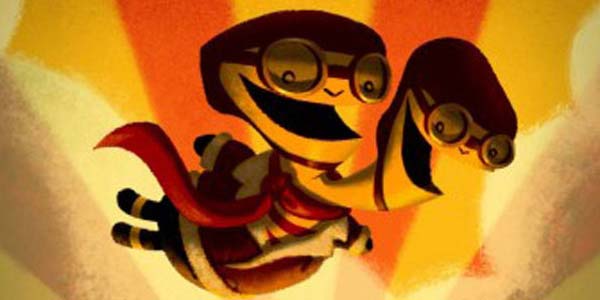Kickstarter campaigns are all the rage lately. Some people absolutely love the idea, while others shun the concept altogether, claiming that it is wrong for game developers (and other professionals) to ask for our money to make their projects a reality. It’s easy to see both sides of this growing issue, but it seems that those who are against fan-funding don’t always know everything about the concept and how it can greatly impact the future of the video game industry. That’s not to say that Kickstarter is going the be the only way developers will get their funding, nor should it be, but using a public funding service will help to increase the quality of games, and help the industry know exactly what gamers want.
While it is certainly difficult to justify giving away your money for a product that you won’t be receiving for what could be years, contributing to such development costs can have its rewards, as long as game studios are willing to give something back in terms of discounts, bonuses, and even physical content. There is no better example of this than Tim Schafer’s recent campaign to make an entirely fan-funded adventure title, developed by his studio Double Fine.
Using Kickstarter, Double Fine asked its loyal fanbase to help get a new adventure project underway. The initial goal was $400,000, which to many may seem like a large number considering the fact that it was to be raised by gamers. However, in only a few days time, the goal was reached, and still the amount of money pouring in continued to grow. Time Schafer also released videos detailing a tiered reward system for those who pledged certain amounts, giving them bonus content, a making-of documentary to detail the progress of development, and even a chance to say what they like and dislike about the game periodically. To top it all off, anyone who donated at least $15 will receive the game digitally on release date. At the end of the Kickstarter campaign, the total pledge amount was $3,336,371, an incredibly astounding number.
All of this was possible because of Double Fine’s consistent quality and fan service, and Tim Schafer’s respect for the gaming community. Allowing your core audience to make actual decisions on what features should be in the game, and which features should be cut, gives gamers a real sense of “I helped to create this, which is why it’s awesome.” This type of Kickstarter campaign is becoming more and more common, with studios such as Obsidian and inXile Entertainment working together to get funding for a sequel to the 1988 RPG Wasteland. For years, it was thought that a sequel would never see the light of day due to lack of interest. That particular campaign has already earned almost $3 Million, well over its $900,000 goal, proving that there are a lot of fans that want to see this classic reborn.
By using Kickstarter, we’ll finally be able to play the games we actually want to play. Cult classics like Deadly Premonition, which released to poor reviews and poor sales yet still have a decent fanbase, may be able to see a sequel down the road if it is something that fans actually want. It takes no money to start a Kickstarter campaign, other than investing in potential swag to give those who donate, so developers can use it as a way to find out whether or not fans want to see a particular HD remake, or a sequel to a long-forgotten series, instead of wasting their efforts and ultimately hurting the studio. The quality of these titles would see a huge boost as well, as developers would be much more careful when using money that is coming directly from their audience. Ultimately, using Kickstarter and fan-funding allows developers and gamers to put even more creativity into video games, and hopefully it will be utilized much more down the road.



One Comment